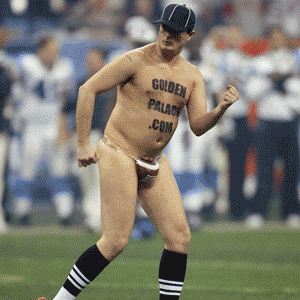02.12
Playing 21 — to Win
If you like the fulfillment and adventure of an excellent card game and the elation of winning and earning some money with the odds in your favor, betting on vingt-et-un is for you.
So, how do you defeat the dealer?
Basically when wagering on blackjack you are observing the risks and probabilities of the cards in regard to:
1. What your hand is
2. What cards might be dealt from the shoe
When gambling on twenty-one there is mathematically a best way to play every hand and this is referred to as basic strategy. If you add card counting that helps you compute the odds of cards coming out of the deck, then you will be able to boost your action amount when the edge is in your favor and decrease them when the odds are not.
You’re only going to win under half the hands you bet on, so it is important that you adjust wager size when the odds are in your favour.
To do this when betting on 21 you must use basic strategy and card counting to succeed.
fundamental strategy and card counting
Since professionals and academics have been investigating twenty-one all sorts of complicated schemes have arisen, including but not limited to "card counting" but although the theory is complicated card counting is all in all very easy when you wager on Blackjack.
If when gambling on chemin de fer you card count properly (even if the game uses multiple decks), you can shift the odds to your favor.
Blackjack Basic Strategy
Twenty-one basic strategy is centralized around a basic system of how you bet depending upon the hand you receive and is mathematically the strongest hand to use while not card counting. It tells you when wagering on chemin de fer when you should take another card or hold.
It’s remarkably simple to do and is soon memorized and up until then you can get complimentary cards on the net
Using it when you bet on chemin de fer will bring down the casino’s expectations to near to zero.
Counting cards shifting the expectation in your favor
Card counting works and players use a card counting scheme achieve an edge over the gambling hall.
The reason this is simple.
Low cards favor the house in blackjack and high cards favor the gambler.
Low cards favour the croupier because they assist her acquire winning totals on their hands when he is stiff (has a 12, thirteen, 14, fifteen, or sixteen total on their first two cards).
In casino blackjack, you can hold on your stiffs if you want to, but the casino cannot.
The dealer has no decision to make, but you do and this is your edge. The rules of betting on 21 require that dealers hit stiffs no matter how loaded the deck is in high cards that will break them.
The high cards favour the player because they could break the casino when he hits her stiffs and also blackjacks are made with aces and tens.
Though blackjacks are, equally dispersed between the casino and the player, the fact is that the player gets paid more (3:2) when she gets a blackjack so the player has an advantage.
You don’t have to add up the data of each of the individual card in order to know when you have an edge over the casino.
You just need to know when the shoe is loaded or depleted in high cards and you can up your bet when the odds are in your favour.
This is a simple account of why card-counting schemes work, but gives you an insight into how the rationale works.
When wagering on chemin de fer over the longer term card counting will aid in tilting the edge in your favour by to around 2 percent.
